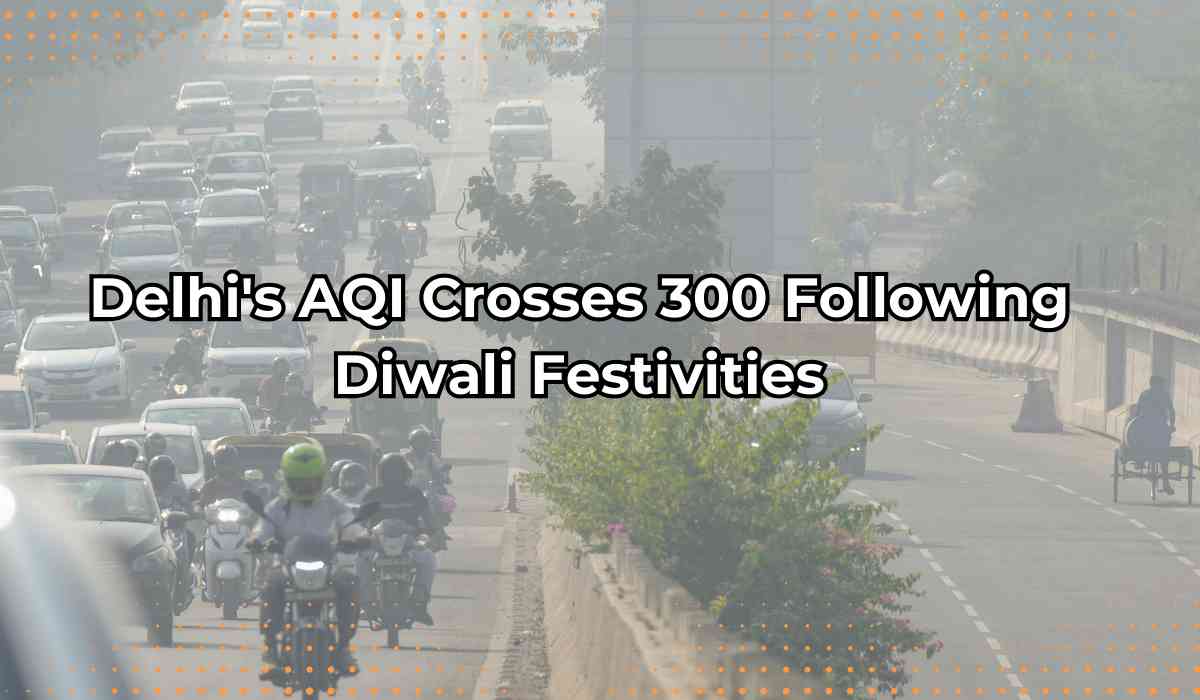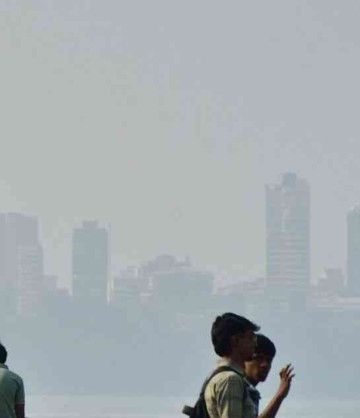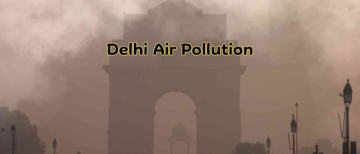Delhi residents woke up to a haze-filled sky and "very poor" air quality on Friday, with the Air Quality Index (AQI) reaching 317, according to data from the Central Pollution Control Board (CPCB). Despite the firecracker ban imposed in the city, widespread celebrations saw bursts of crackers throughout the night, creating thick grey smoke that contributed to the capital’s escalating pollution levels.
Rising AQI Levels Due to Firecracker Emissions
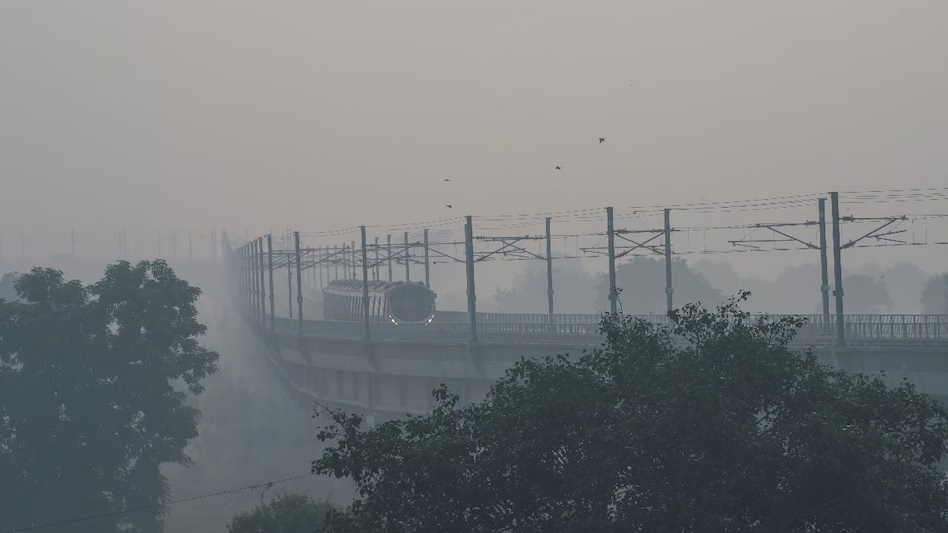
The consistent use of firecrackers during Diwali celebrations worsened Delhi's air quality, pushing the AQI into more hazardous levels. By Thursday afternoon, the AQI rose to 328, placing it in the "poor" category, and as of 8 a.m. Friday, Delhi's AQI surged to 362, categorised as "very poor."
Notable High Pollution Areas
Several parts of Delhi recorded extremely high AQI levels on Friday morning, with Anand Vihar at 395 and Chandni Chowk at 338. Other areas also saw AQI levels exceeding 300, including Lodhi Road (355), Dwarka Sector 8 (376), Bawana (396), Ashok Vihar (389), Punjabi Bagh (393), Mundka (375), Jahangirpuri (390), Najafgarh (329), Patparganj (365), Pusa (398), Vivek Vihar (377), and Wazirpur (390). According to the System of Air Quality and Weather Forecasting and Research (SAFAR), Delhi's AQI at 6:30 a.m. reached 359, indicating "very poor" air quality.
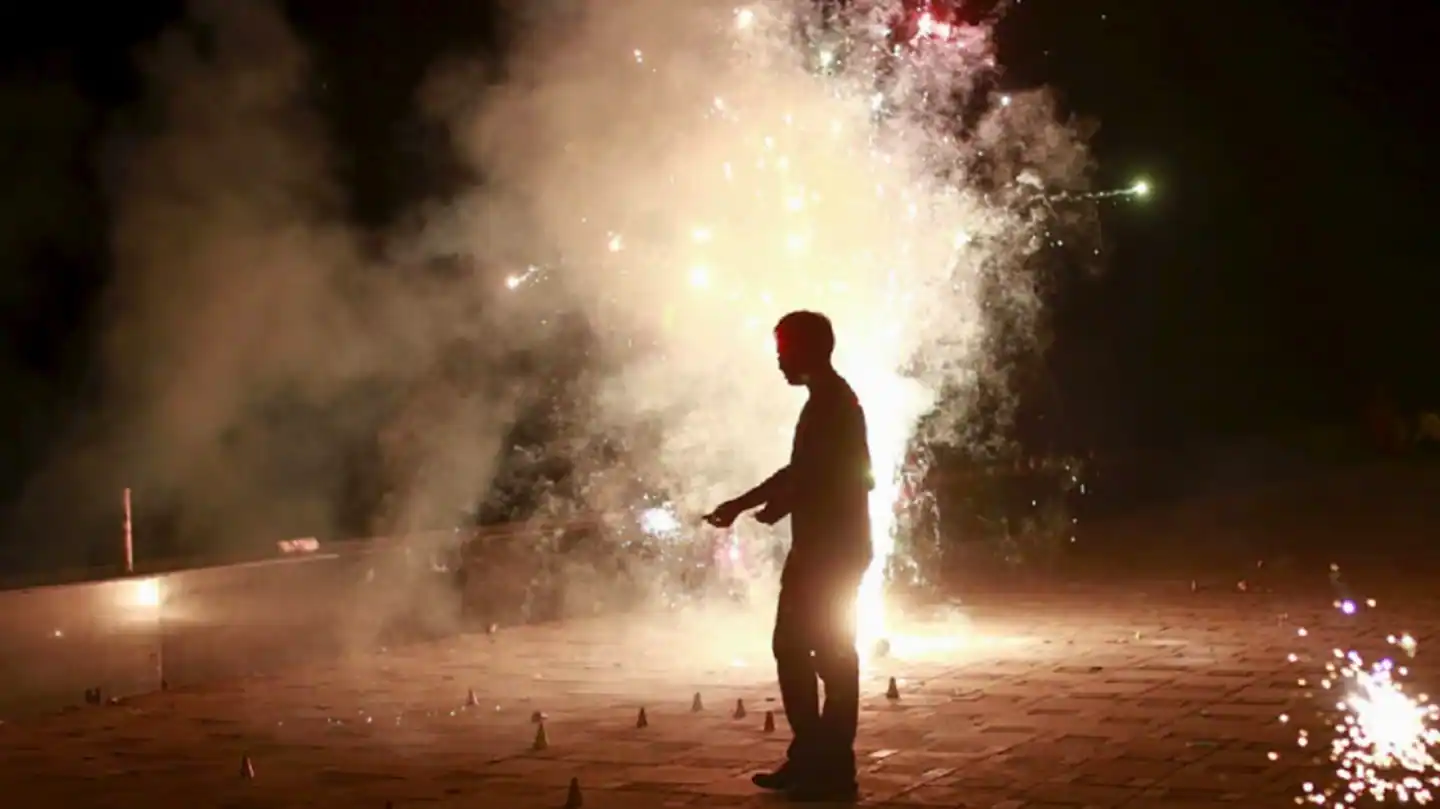
Efforts to Control Pollution Fall Short
Ahead of Diwali, Delhi Environment Minister Gopal Rai announced that 377 teams would work to enforce the ban on firecrackers throughout the city. However, despite these measures, firecrackers were widely used, leading to a significant spike in pollution levels across the capital.
Also Read: https://vygrnews.com/india-news/delhisuffocatesundersmogairqualitydipstoverypoor
With inputs from agencies
Image Source: Multiple agencies
© Copyright 2024. All Rights Reserved Powered by Vygr Media.

